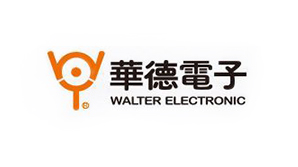The selection of resistance types for Ward hnstshop.com/product-list/R07-p1-l10.html" target="_blank">wide electrode current detection mainly depends on practical application requirements and circuit design. The models include HTE2512M3W0R002F, HTE2512M3W0R006F, HTE2512M3W0R008F, HTE2512M3W0R020F, HTE2512M3W0R010F, HTE2512C3W0R012F, etc. The following are some common types of Ward wide electrode current detection resistance and their characteristics:
Standard resistance type: This type of resistance has a small volume and a wide measurement range, suitable for various current measurement scenarios. Usually with high measurement accuracy and stability, it can meet the needs of most circuit designs.
High precision resistance type: This type of resistance has higher measurement accuracy and stability, and is suitable for situations that require high current measurement accuracy. It usually adopts advanced manufacturing processes and materials to ensure that the resistance and stability of the resistance reach the optimal level.
High power resistance type: This type of resistor can withstand large currents and is suitable for high-power circuits. It is usually designed with larger resistance values and wide electrode spacing to ensure stable performance in high-temperature environments.
Temperature compensation resistor type: This type of resistor has a temperature compensation function, which can automatically adjust the resistance value when the temperature changes to maintain stable current measurement results. Advanced temperature compensation technology is usually used to ensure accurate measurement results can be obtained in various temperature environments.
When selecting a wide electrode current detection resistor for Ward, the following factors need to be considered: selecting an appropriate measurement range based on actual application needs to ensure accurate measurement of the required current value. Select appropriate accuracy and stability levels according to circuit design requirements to ensure the accuracy and reliability of measurement results. Select the appropriate power capacity according to actual application requirements to ensure that the resistor can withstand the required current value without damage. Select appropriate temperature characteristics based on the actual application environment to ensure accurate measurement results can be obtained in various temperature environments.
HNST WELCOME! 0755-23173910
English |中文
你当前的浏览器版本过低或不支持。请升级或更换浏览器。推荐浏览器 Chrome Edge。

